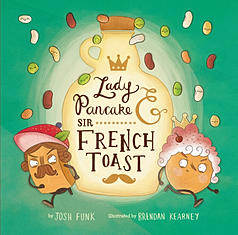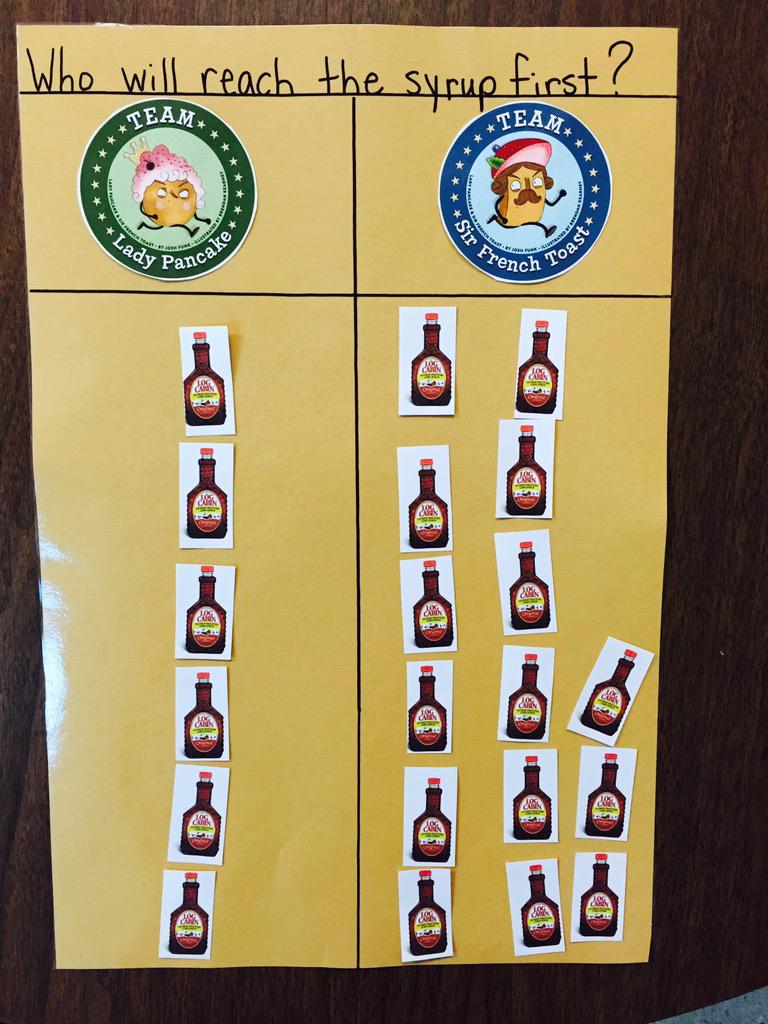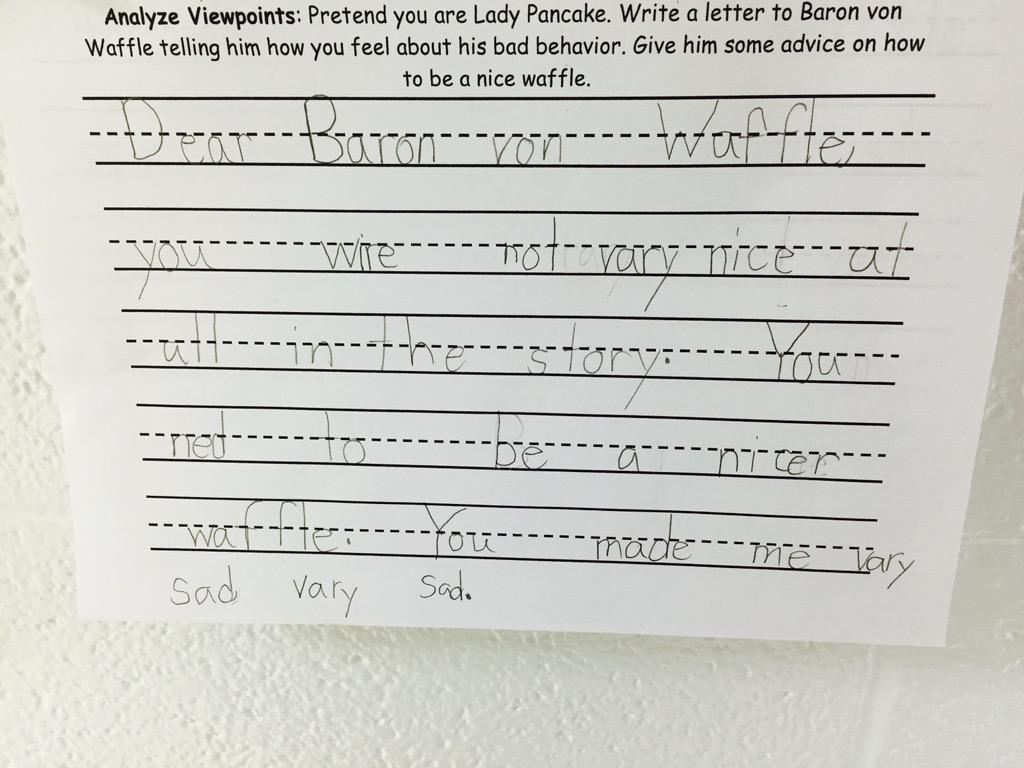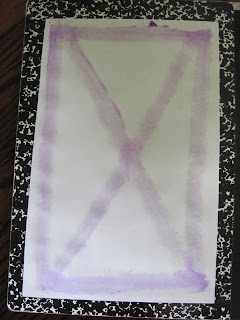Learning is not always a piece of cake—or is it? Connecting healthy food with delicious discovery is a sure-fire recipe for success. Author
Ann McCallum shares some thoughts behind her latest book in the Eat Your Homework series.
What are the Eat Your Homework books?
There are three books in the series by Charlesbridge Publishing:
Eat Your Math Homework: Recipes for Hungry Minds
Eat Your Science Homework: Recipes for Inquiring Minds
Eat Your U.S. History Homework: Recipes for Revolutionary Minds (Release date October 13, 2015)
What are the books about?
Each illustrated book has six sections. Each section includes an interesting snippet about the topic, an original recipe, and some sort of ‘appeteaser’ or sidebar for kids to have fun with. The latest book, for example, includes recipes from when the pilgrims first arrived in America, to right after the Revolutionary War. Some of the recipes include: Thanksgiving Succotash, Southern Plantation Hoe Cakes, and Independence Ice-Cream. In the math book there are recipes such as Fraction Chips and Fibonacci Snack Sticks, and the science book includes Atomic Popcorn Balls and Density Dressing. The illustrator,
Leeza Hernandez, created fab pictures to complement the text and recipes. Here’s one of my favorites to illustrate that the two Georges (George Washington and King George III) didn’t agree about what to do about the American colonies.
What inspired you to write these books?
I started with the math book. I used to teach fourth and fifth grade math and was looking for ways to get kids to love math. I gave my students a food project one day: mathematical gingerbread houses. Each student had to create a gingerbread house using graham crackers and then explain how they were mathematical. The students really got into it; they measured area and perimeter, they created geometric shapes, and they calculated to get products and sums of the decorative candy. I started experimenting with my own math recipes after that. Eventually, I wrote Eat Your Math Homework. I got really excited about the connection between learning and food. Creating recipes to learn about math, science, or history is such a fun, hands-on way to get kids engaged.
How about you? Where did you grow up?
I was born in Calgary, Alberta, Canada. My family moved to British Columbia, the furthest west province in Canada, when I was going into sixth grade. My new home—just outside a town of 1500 people—was completely different from the city I’d grown up in. I loved it. My dad built our house from logs. It was in front of a huge lake with a series of mountains on the other side. It was wild and beautiful, and I spent my childhood exploring the woods near our house. I especially loved the abandoned cherry tree orchard and spent many hours perched in a tree, munching on cherries and reading books.
How did you come up with each of the recipes?
It was actually loads of fun to experiment in the kitchen for each of the recipes. I thought about how I could connect the topic to some kind of food and then I started experimenting. For example, in the science book, I loved the idea of creating a recipe with invisible ink. I remembered when my brothers and I used to use lemon juice to write messages in ‘invisible ink’ on paper. I figured if it worked on paper, there had to be a way to make it work on pizza dough. I tried many times before coming up with Invisible Ink Snack Pockets.
What’s your favorite recipe in the books?
Well, the Invisible Ink Snack Pockets are really good, but I also love the Revolutionary Honey Jumble Cookies. They’re a yummy afternoon treat if you’re in the mood to think about the American Revolution! Or, there are the Tessellating Brownies, too…
What’s your favorite food in general?
I love all kinds of food-- salads, raspberries, cheese, fajitas. I don’t like things that are too spicy, though.
THIS OR THAT:
1. Chocolate or vanilla? really good vanilla
2. Black or blue ink? No druthers (but I do like green and pink ink)
3. Football or baseball? Baseball all the way!
4. Dogs or rabbits? Rabbits
5. Monkey bars or swings? Swings
Thanks for sharing with us Ann! You can read more about her books on
her website. She even has a section specifically for
parents and educators!


















































